We always say: visiting Genoa is an unforgettable experience, knowing that this
Town always has something else to show, thus offering the opportunity to plan multiple visits
over time. From the Porto Antico, where our Genoa tourist port is located,
to the Aquarium; from the Cathedral of San Lorenzo to Via Garibaldi, from the Palazzi dei Rolli, from the troughs
to the Castello d’Albertis, reaching the Monumental Cemetery of Staglieno, the Forts Tour
or Boccadasse. You never stop discovering Genoa! Also because this is
indeed a very large Town: we are talking about the
in Europe
from the beaches of Voltri to the cliffs of Nervi. Therefore, to better orient oneself in
this maritime Town, it is worth getting familiar with the neighborhoods of Genoa,
which are truly numerous. Here is an introduction for visitors!

The history behind the many neighborhoods of Genoa
In fact, the tourist, upon hearing the names of the many, many neighborhoods of Genoa, might feel a
bit disoriented. Several times, here at the Genoa tourist port, we have been asked by boaters
mooring in our berths not only about the location of this or that neighborhood, but
also about its actual belonging to the Town of Genoa. Indeed, sometimes we talk about neighborhoods
that are quite far from the center: everything stems from the peculiar “expansion” policy of our
Municipality.
Historic Genoa actually knew only six districts: Maddalena, Pré, Molo, Portoria,
San Vincenzo, San Teodoro, extending from Mandraccio to Capo di Faro. The first leap was
made in 1873, when the Municipality of Genoa – by Royal Decree – incorporated the small municipalities of
Foce, Marassi, Staglieno, San Fruttuoso, Francesco d’Albaro, and San Martino d’Albaro. A
second significant expansion occurred in 1925, with the incorporation of 19 municipalities. In
alphabetical order, we talk about Apparizione, Bavari, Bolzaneto, Borzoli, Cornigliano Ligure,
Molassana, Nervi, Pegli, Pontedecimo, Prà, Quarto dei Mille, Quinto al Mare, Rivarolo Ligure,
San Pier d’Arena, San Quirico, Sant’Ilario Ligure, Sestri Ponente, Struppa, and Voltri.
But what are the main neighborhoods of Genoa that might interest the tourist?
The main neighborhoods of Genoa: a guide for tourists
Historic Center: as mentioned, the Historic Center of Genoa is enormous, with 113 hectares
of alleys, small squares, churches, palaces, and staircases. Here, walking is a must,
to get lost among the alleys and “not miss” the beauties of this ancient Town.
Porto Antico: part historic center, part port. The neighborhood where our Genoa
tourist port is located corresponds to the old port area, as reimagined
in the nineties by Renzo Piano. Here, besides our tourist marina, you will find
the Aquarium, the Bigo, the Biosphere, the Children’s Town, the Sea Arena, the
Piazza delle Feste, the Cotton Warehouses, and much more. Together with the historic center, this
neighborhood forms the beating heart of Genoa.
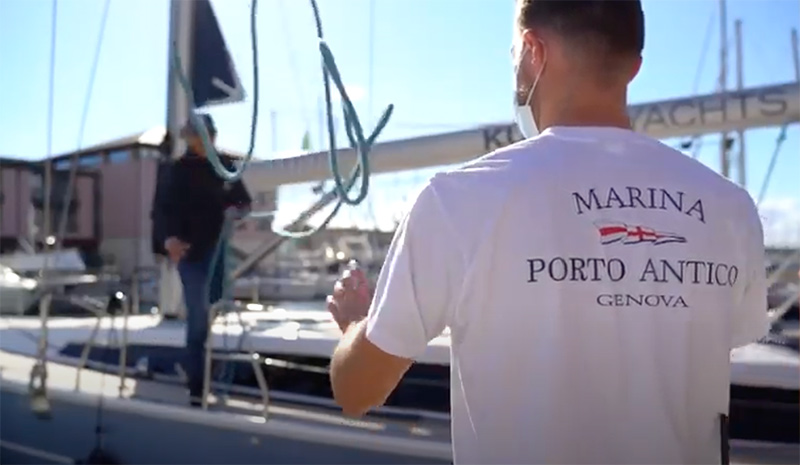
Boccadasse: a neighborhood you quickly fall in love with. Here it doesn’t feel like being in
Genoa: a few steps and you are in an ancient fishing village, among colorful and clustered houses.
Boccadasse can be reached on foot along Corso Italia, the quintessential Genoese promenade, which also allows you to discover the small village of Vernazzola and the panoramic point of Capo Santa Chiara.
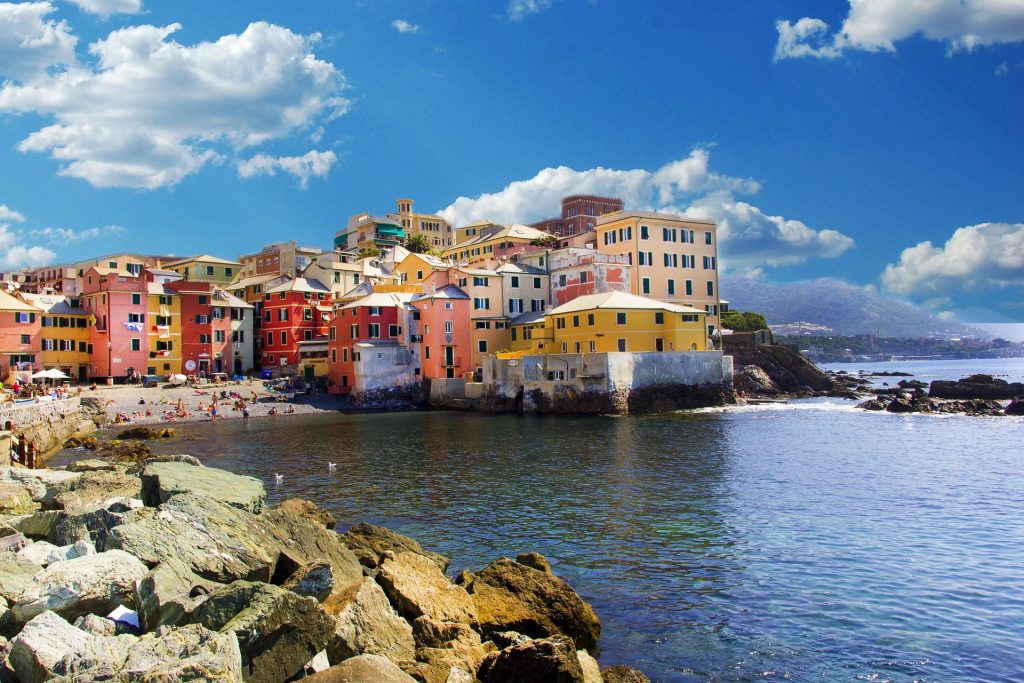
Nervi: here is the easternmost neighborhood of Genoa. For tourists, this is the neighborhood of
the romantic promenade named after Anita Garibaldi. Here you will find charming parks, Liberty-style buildings, and generally historic villas. This was long the reference neighborhood for wealthy tourists from northeastern Europe, since the 19th century.
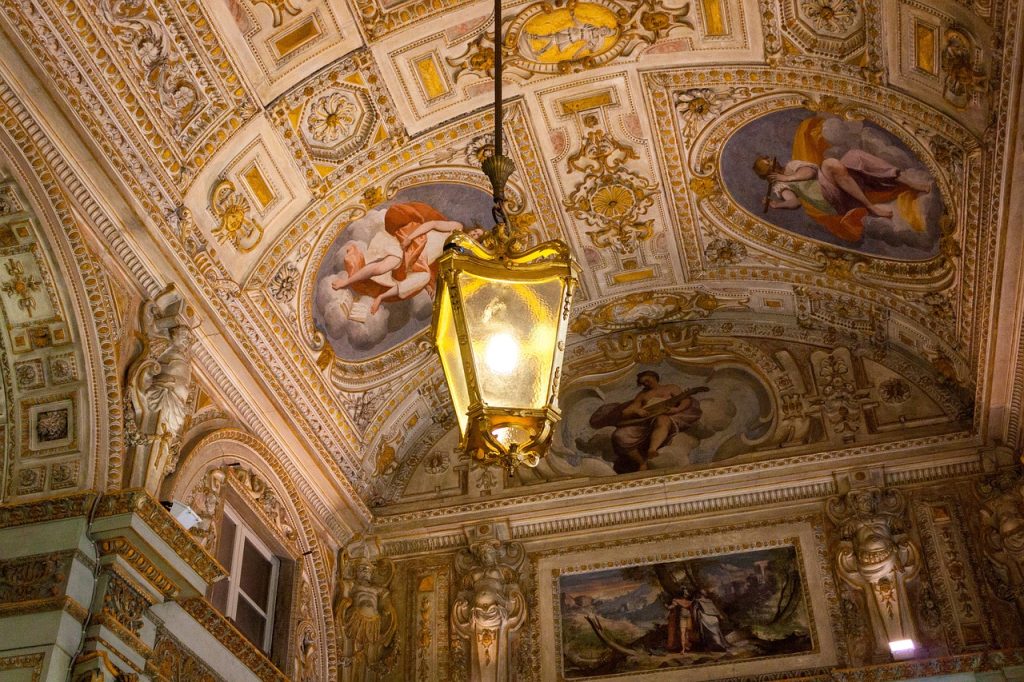
Quarto and Quinto: these two neighborhoods might catch the ear of tourists who,
passing through Genoa in the summer, are looking for the “Genoese beaches.” And indeed,
here, in these two residential neighborhoods, you will find the beaches of Priaruggia, the beaches of
Quinto, and the rocks of Quarto, particularly loved by Genoese seeking tranquility. But
in reality, practically everyone has already heard of Quarto: it was from here that the
expedition of the Thousand led by Garibaldi departed, celebrated by the inevitable monument erected
right here in 1915.
Marassi: those who follow Italian football have heard this Genoese neighborhood mentioned
many times, home to the Luigi Ferraris Stadium, also known as Marassi,
currently the oldest active football facility in Italy. Among the most populous and
densely populated neighborhoods in the Town, it is bordered by the neighborhoods of Staglieno, Molassana, San
Martino, San Fruttuoso, and Castelletto.
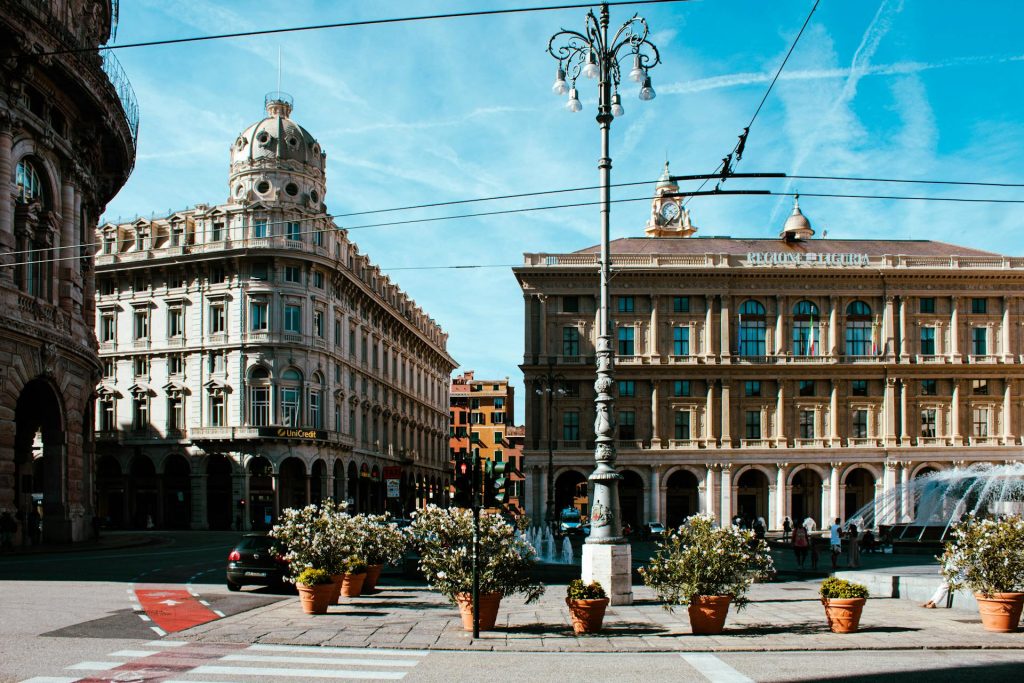
Castelletto and Righi: let’s move slightly back towards the center with these two neighborhoods. Castelletto
refers to the hilly area that extends immediately above the historic center: here you will find the
eponymous Spianata with a viewpoint, but here you will especially find the
famous Castello d’Albertis and the Edoardo Chiossone Museum of Oriental Art, among the most
important collections of Japanese and Chinese art in Europe. Nearby is
Righi, where the famous funicular inaugurated, believe it or not, in 1897 arrives.
Val Bisagno: the valley that extends around the Bisagno stream includes several neighborhoods,
including the aforementioned Marassi. More generally, this area of the Town may greatly interest
tourists seeking a different Genoa, from the Monumental Cemetery of
Staglieno to the historic aqueduct, reaching the church of San Siro in Struppa.
Val Polcevera: the valley that connects the Genoese hinterland with the Po Valley, a territory
that includes several areas of interest in the Town: from the Certosa neighborhood, recently
redeveloped also thanks to the splendid murals, to the Boschetto Abbey, reaching
the 17th-century walls and forts.
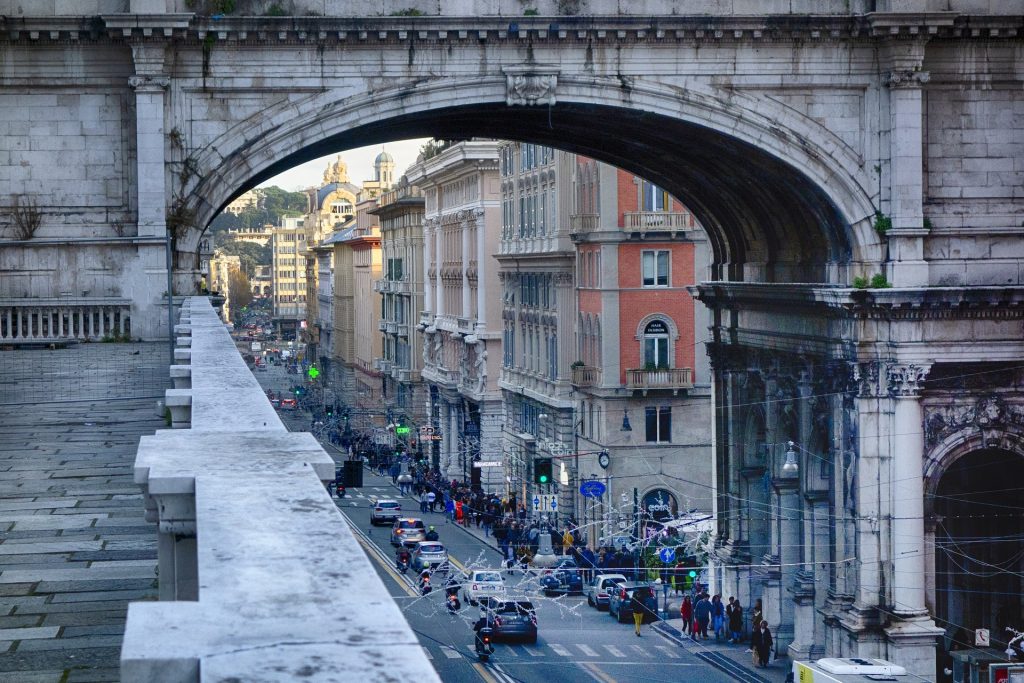
Pegli and Voltri: finally, we move westward. Pegli amazes with its seafront promenade,
the splendid 19th-century villas, and the museums, from the Naval Museum to the Ligurian Archaeology Museum. Even in Voltri, the ancient Captaincy of the Republic of Genoa, there are no shortage of noble villas, reaching Vesima, with its beach much appreciated by the Genoese.


